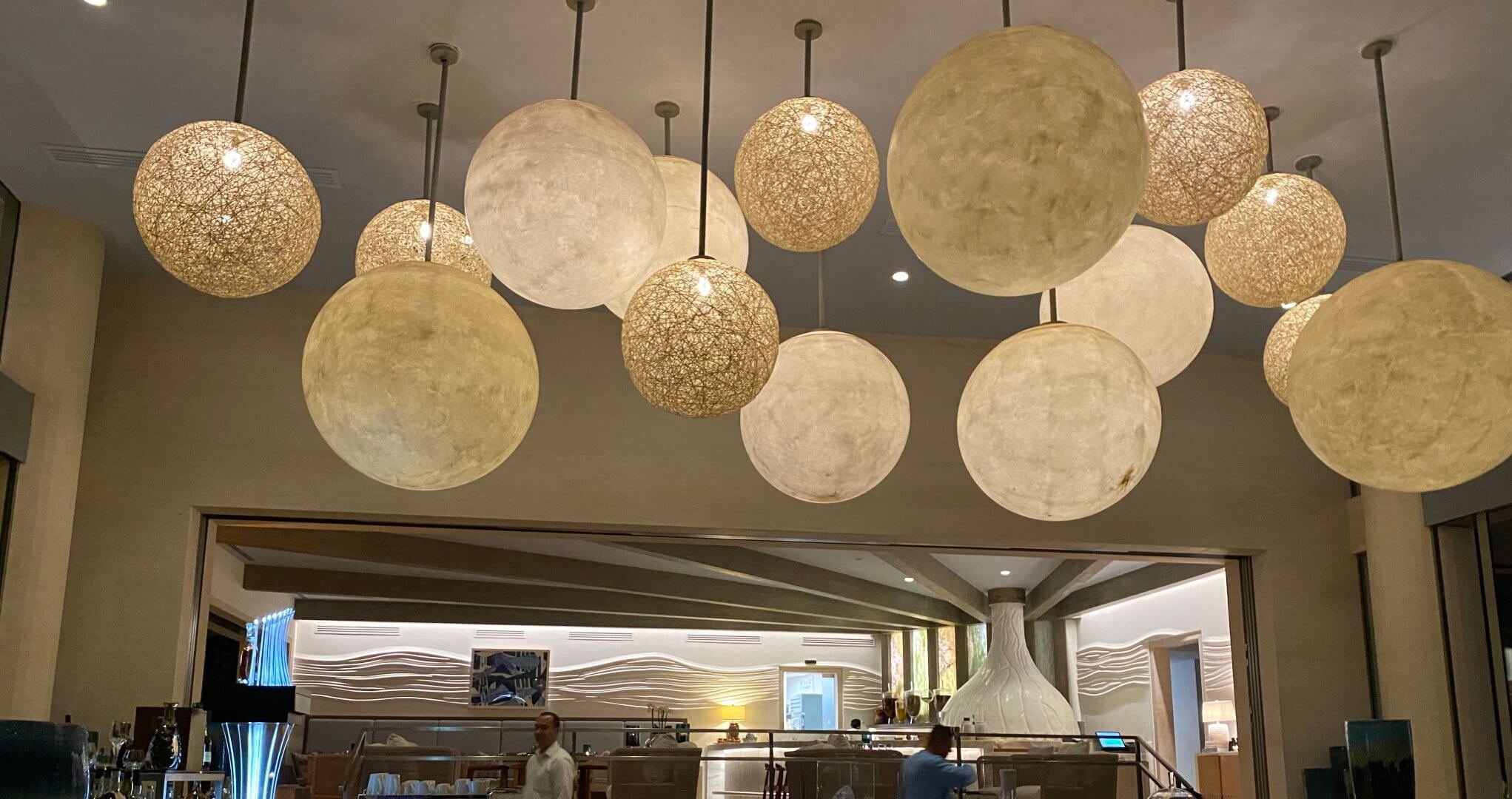One of the most common gadgets that we use when partner opens 1NT is Stayman. We primarily use Stayman to search for a 4-4 Major suit fit. After Stayman, sometimes we want to have a way to raise partner’s suit where they cannot pass. We will want a “Forcing Raise” (similar to Jacoby 2NT or Inverted Minors) in order to find out more about Opener’s hand. This is missing from a standard bidding system. It is a valuable tool for making a slam try while keeping the auction from getting too high.
(548) NT Bidding: Modern, Transfer, and Modern Transfer Lebensohl
Lebensohl is an excellent system for dealing with interference over our 1NT opening bids, but it has some flaws. In Lebensohl auctions, we will sometimes play the hand from the “wrong” side (Responder’s side), and Responder often has three strengths (buckets) to describe. Let’s see how Transfer Lebensohl is an upgrade to help solve these problems.
(547) NT Bidding: Responding after a Penalty Double of a 1NT Opening
When we open the bidding with 1NT, showing 15-17 points, if an opponent makes a penalty double, we are less likely to be looking to invite or bid game. We are usually looking to escape from a 1NT contract and attempt to find some safer place to play. This safe place will hopefully be our largest fit or a long suit in the weak hand (in Responder’s hand). In order to find this place to play we need to look at how Responder’s bidding options change after a penalty double.
(546) NT Bidding: Responding to 1NT vs. 3-Level Interference
There are many systems the opponents play in order to interfere over our 1NT opening bid, but almost all of these systems use the 3-level (actually 2NT+) for the same meanings – 2NT as a weak bid showing both minors and 3-level bids as weak with a long suit, preemptive. It is important that we and partner are on the same page for how to deal with this higher-level interference.









